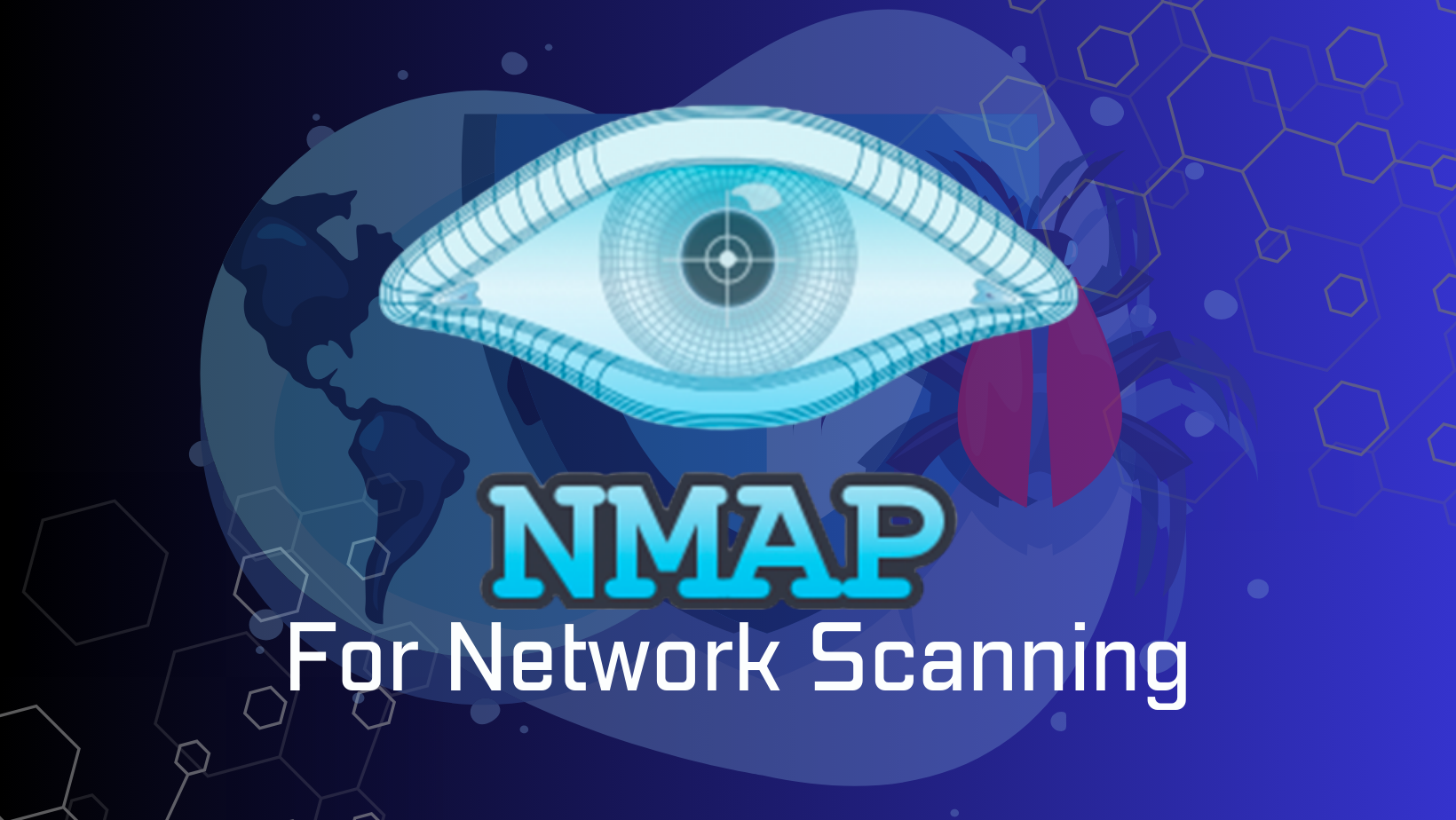Using Nmap for Network Scanning and Security Analysis
 Grace Augustine
Grace Augustine
Network Mapper (Nmap) is a powerful open-source tool used for network discovery and security auditing. Absolutely anyone can use this tool; whether you’re an ethical hacker, a cybersecurity professional, or just someone interested in understanding how networks work. Nmap is an essential tool for scanning, mapping, and identifying vulnerabilities in a system.
This guide will break down what Nmap does, how to use it, and key commands to get started with network scanning.
What is Nmap?
Nmap is a command-line network scanner that allows users to:
Discover devices on a network.
Detect open ports and running services.
Identify vulnerabilities in a system.
Perform OS and service fingerprinting.
Detect firewall and security configurations.
Nmap is widely used by system administrators for network troubleshooting and by security professionals for penetration testing.
Installing Nmap
As part of the process, here are what you need to run the Nmap program;
- Operating System Compatibility
Windows (Requires admin privileges)
Linux (Best for advanced scanning)
macOS (Works with Homebrew)
- Administrative Privileges
Windows: Run as Administrator
Linux/macOS: Use
sudofor full functionality
- Network Requirements
Active internet connection for external scans
Local network access for internal scanning
Bridged Mode in VMs for accurate results
Windows Installation
Download Nmap from the official website
Run the installer and follow the setup instructions.
Open the command prompt and type:
nmap -VIf installed correctly, this should display the version of Nmap.
Linux/macOS Installation
For Debian-based systems (Ubuntu, Kali, etc.):
sudo apt update && sudo apt install nmap
For Red Hat-based systems (Fedora, CentOS):
sudo dnf install nmap
For macOS (using Homebrew):
brew install nmap
Verify installation:
nmap -V
How to Use Nmap
Nmap uses different scanning techniques to analyze networks. Below are some common and useful commands.
1. Basic Host Discovery
To check if a host is online, use:
nmap -sn <IP address>
Example:
nmap -sn 192.168.1.1
This performs a ping scan to detect if the target is live.
2. Scanning for Open Ports
To scan for open ports on a target:
nmap -p 1-1000 <IP address>
Example:
nmap -p 1-1000 192.168.1.1
This scans the first 1000 ports for open services.
3. Service and Version Detection
To determine what services are running on open ports:
nmap -sV <IP address>
Example:
nmap -sV 192.168.1.1
This reveals service versions, which can help identify vulnerabilities.
4. Operating System Detection
To identify the operating system of a target machine:
nmap -O <IP address>
Example:
nmap -O 192.168.1.1
This helps understand the system's security posture.
5. Aggressive Scanning
For detailed information about a host:
nmap -A <IP address>
Example:
nmap -A 192.168.1.1
This includes OS detection, service version detection, and traceroute.
6. Scanning Multiple Targets
To scan an entire subnet:
nmap 192.168.1.0/24
This scans all devices on a local network.
To scan multiple IPs:
nmap 192.168.1.1 192.168.1.2 192.168.1.3
7. Detecting Firewalls
To check if a firewall is filtering packets:
nmap -sA <IP address>
This tells you if a firewall is actively blocking scans.
Understanding Nmap Scan Results
Nmap results display different port states:
Open: The port is actively accepting connections.
Closed: The port is accessible but no service is running.
Filtered: A firewall or security device is blocking access.
Unfiltered: Nmap cannot determine if the port is open or closed.
Advanced Nmap Usage
Using Nmap Scripts (NSE)
Nmap has an extensive scripting engine (NSE) for vulnerability scanning and automation. To scan for vulnerabilities:
nmap --script=vuln <IP address>
Example:
nmap --script=vuln 192.168.1.1
This helps detect common security weaknesses.
To check for a specific vulnerability, such as SMB exploits:
nmap --script=smb-vuln* <IP address>
Performing a Stealth Scan
Stealth scanning avoids detection by security systems.
nmap -sS <IP address>
This sends SYN packets to detect open ports without completing the connection, making it harder to detect.
Scanning for Specific Services
To check for web servers:
nmap -p 80,443 <IP address>
This scans only HTTP (port 80) and HTTPS (port 443).
Real-World Use Cases of Nmap
Penetration Testing
- Ethical hackers use Nmap to map out a network before launching security tests.
Vulnerability Assessment
- IT security teams use Nmap to find outdated software and misconfigured servers.
Network Troubleshooting
- Administrators check open ports and active services to diagnose network issues.
Nmap is an essential tool for network security and reconnaissance. By mastering its features, you can effectively map networks, detect vulnerabilities, and enhance security. Start with basic scans and progress to advanced techniques like NSE scripting and stealth scanning to become proficient in network analysis.
Subscribe to my newsletter
Read articles from Grace Augustine directly inside your inbox. Subscribe to the newsletter, and don't miss out.
Written by

Grace Augustine
Grace Augustine
Passionate about cybersecurity, threat detection, and digital defense. Just here to document my journey in cybersecurity, and break down complex security concepts into actionable insights.